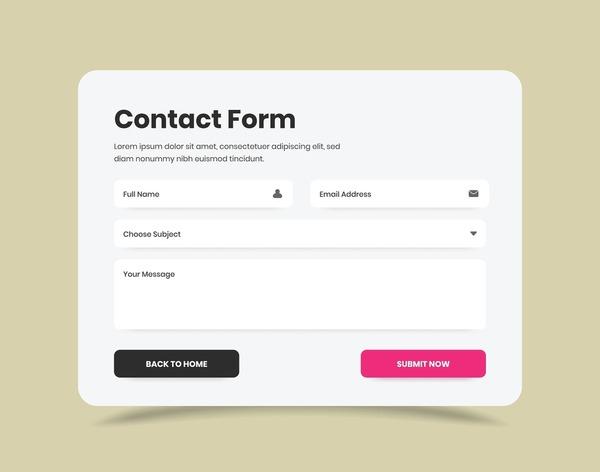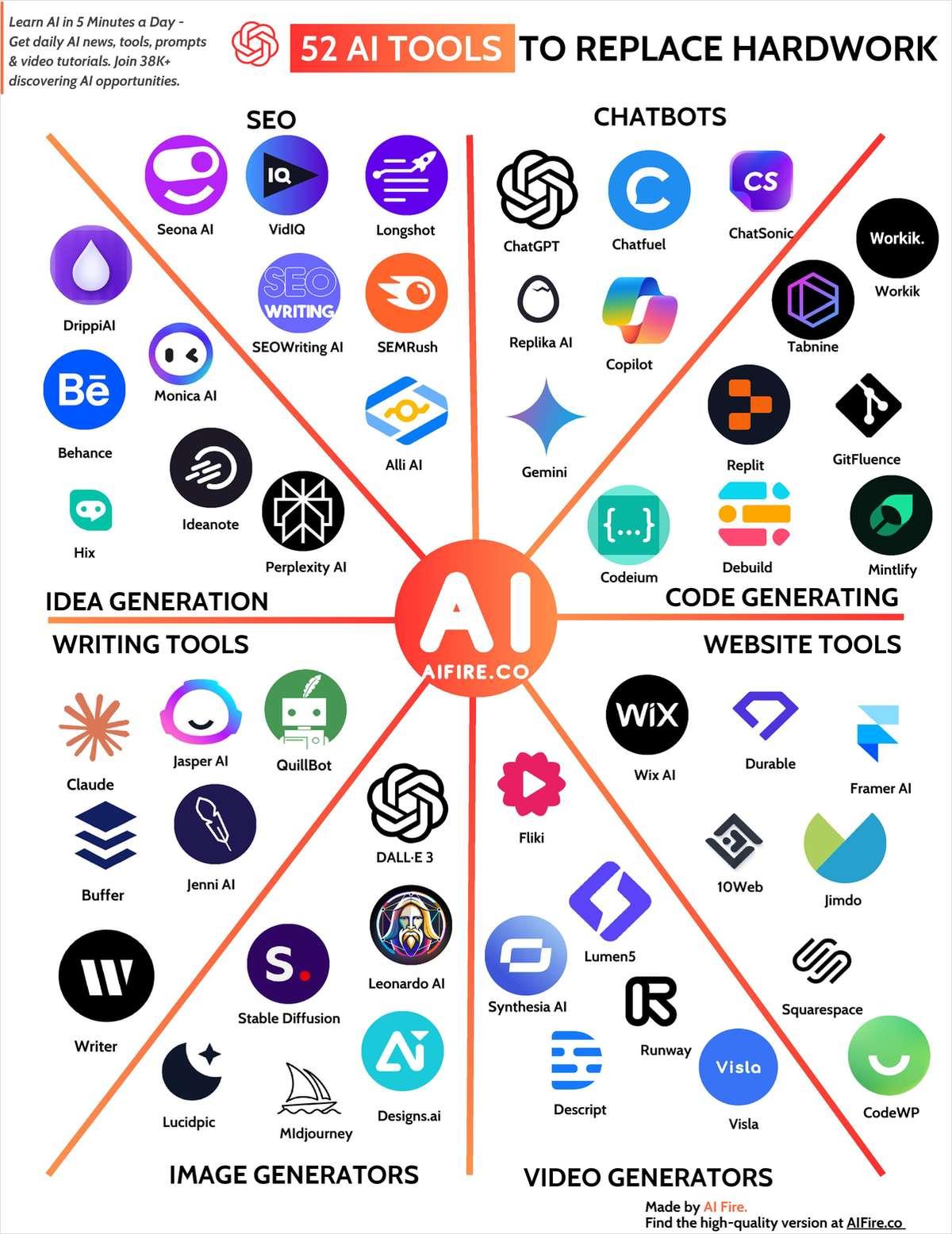Are you ready to take your freelance business to the next level? Imagine having a stunning website that not only showcases your skills but also attracts clients and elevates your professional presence. Whether you’re a graphic designer, a writer, or a digital marketer, creating a freelance WordPress website can be a game-changer for your career. But where do you start? Don’t worry—we’ve got you covered! In this step-by-step guide, we’ll walk you through the essential process of building your very own WordPress site, from selecting a domain name to customizing your layout. By the end of this article, you’ll have all the tools you need to create a website that not only looks great but also drives your business forward. Let’s dive in and transform your freelance dreams into reality!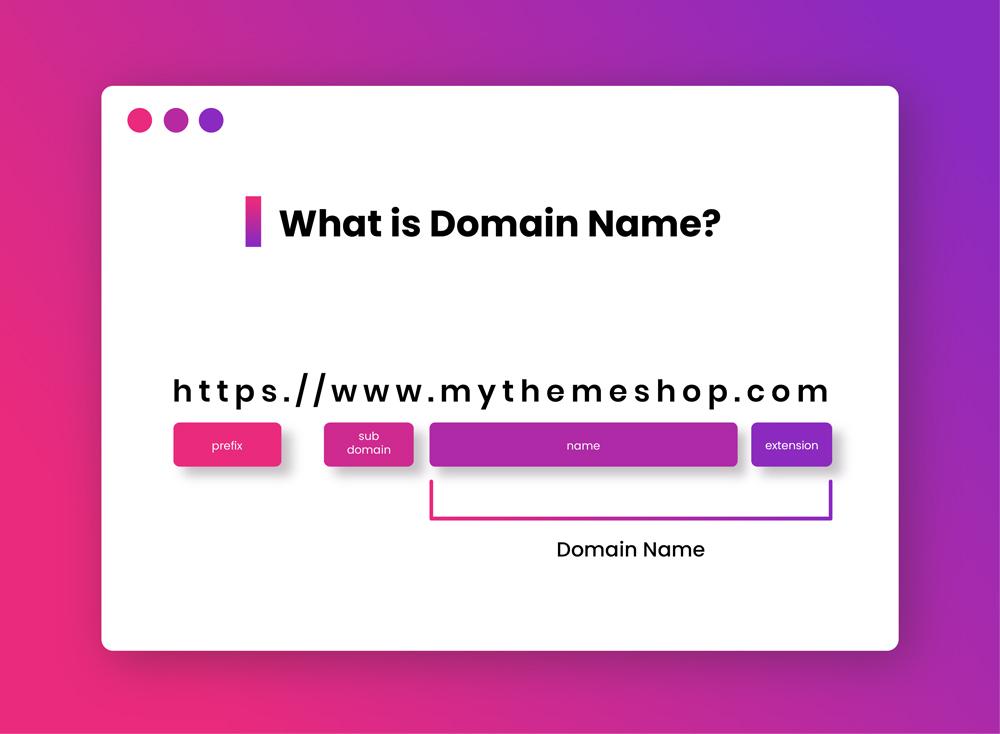
Choosing the Right Domain Name for Your Freelance WordPress Website
When it comes to building your freelance WordPress website, choosing the right domain name is one of the most critical steps. Your domain name is more than just a web address; it’s a vital element of your brand and online identity. A well-chosen domain can enhance your visibility and credibility, while a poor choice may hinder your success.
Start by keeping your domain name short and memorable. Aim for something that’s easy to spell and pronounce,which will help visitors recall your site easily.Avoid using complex words or phrases that may confuse potential clients. Here are some tips to help you brainstorm:
- Incorporate keywords: Use relevant terms that reflect your services.
- Be unique: Ensure your name stands out from the competition.
- Choose the right extension: .com is preferred, but .net or.co can also work.
After you’ve generated a list of potential names, check for availability using a domain registration site. It’s essential to secure a domain that resonates with your audience. You can also consider using a domain generator tool for additional inspiration, which can help you find variations based on your keywords.
As you narrow down your options, ensure that your chosen domain name is brandable. This means it should be flexible enough to evolve with your business as you grow. Ask yourself whether it will still represent your brand in a few years. don’t forget about social media handles; consistency across platforms can significantly enhance your branding efforts.
| Domain Name Tips | Examples |
|---|---|
| Incorporate your niche | CreativeDesigns.com |
| Use your name | JaneDoeFreelance.com |
| Include a descriptor | BestWebWriters.com |
once you’ve settled on the perfect domain name, register it as soon as possible to prevent others from claiming it. A strong domain name can be the first step in establishing a triumphant freelance business,giving you the platform to showcase your skills and connect with potential clients effectively.
Selecting the Perfect hosting Plan to Kickstart Your Online Presence
Choosing the right hosting plan is a crucial step in establishing your freelance WordPress website. With a multitude of options available, it’s essential to consider several factors that align with your business goals and technical requirements. Here’s what you need to keep in mind:
- Performance: Look for a hosting provider that guarantees fast loading times. A slow website can deter potential clients,so prioritize options with solid uptime and speed.
- Scalability: As your business grows, your hosting needs will change. Opt for a plan that allows you to upgrade resources easily without experiencing downtime.
- support: Reliable customer support is vital, especially if you encounter technical issues.Choose a host that offers 24/7 support through various channels.
- Security: Ensure your chosen host provides robust security features, including SSL certificates and regular backups, to protect your site from threats.
When comparing different hosting plans, it’s also helpful to consider the following table that outlines the key features you should prioritize:
| Feature | Basic Plan | Intermediate Plan | Advanced Plan |
|---|---|---|---|
| Storage | 10 GB | 50 GB | Unlimited |
| Bandwidth | 500 GB | 1 TB | Unlimited |
| SSL Certificate | No | Yes | Yes |
| Backup Frequency | Monthly | Weekly | Daily |
Additionally, consider your budget. while it may be tempting to go for the cheapest option, remember that investing in quality hosting can pay off in the long run.A reliable host can help keep your site running smoothly,ensuring that you can focus on what really matters—growing your freelance business.
don’t forget to read customer reviews and testimonials. These insights can provide valuable information about the real-world performance and support of a hosting service, helping you make an informed choice.
Understanding the WordPress Dashboard: Your Command Center
The WordPress dashboard serves as the central hub for managing your freelance website, offering a user-amiable interface that puts you in control. Upon logging in, you’ll be greeted by a clean layout filled with essential tools and options. Understanding how to navigate this space efficiently can significantly streamline your workflow and enhance your site’s performance.
At the heart of the dashboard, you’ll find various menus that guide you through different aspects of your site. Key sections include:
- Posts: Create and manage your blog entries to showcase your expertise.
- Pages: Build static content like your portfolio or contact information.
- Media: Upload and organize images, videos, and documents to enhance your site’s visuals.
- Appearance: customize your site’s look with themes and widgets.
- Plugins: Add functionalities to improve your site’s capabilities.
- Settings: Adjust site preferences, including SEO and user management.
Each section is designed to be intuitive, yet there’s a depth of functionality to explore. For instance, the Posts area allows you to categorize and tag your articles, making it easier for potential clients to find exactly what they need. this organizational structure not only enhances user experience but also improves your site’s SEO performance.
as you dive deeper, you’ll encounter useful tools such as Site Health and Analytics. These features provide insights into your site’s performance, helping you make informed decisions on content strategy and marketing efforts. With this data at your fingertips, you can refine your approach and engage your audience more effectively.
Another vital aspect of the dashboard is its customization capability. The Appearance menu allows you to change themes, customize backgrounds, and select fonts that reflect your personal brand. The right theme can make your site stand out and resonate more with clients.Remember, first impressions matter!
to summarize the dashboard’s key elements, here’s a fast reference table that highlights what each section offers:
| Section | Purpose |
|---|---|
| Posts | Manage and organize blog content |
| Pages | Create static content for your site |
| Media | upload and manage files |
| Appearance | Customize site design and layout |
| Plugins | Add functionalities |
| Settings | Adjust site preferences |
With a solid understanding of your WordPress dashboard, you can confidently manage your freelance website, making it an invaluable asset in your business toolkit.
picking the Ideal Theme to Showcase Your Freelance Services
Choosing the right theme for your freelance website is a crucial step in establishing your online presence. A well-selected theme not only enhances your site’s aesthetics but also improves functionality,making it easier for potential clients to navigate and engage with your services. Here are some key factors to consider when picking the perfect theme:
- Professional Design: Look for themes that reflect your niche and profession. A clean, sophisticated design conveys trust and reliability.
- Mobile Responsiveness: Ensure the theme is responsive, meaning it looks and functions well on all devices. A significant portion of users will access your site via smartphones or tablets.
- customization Options: Opt for themes that offer customization features. This allows you to tweak colors, fonts, and layouts to match your brand identity without needing extensive coding knowledge.
- SEO-friendly: Select themes that are optimized for search engines. This can improve your visibility and ranking, helping you attract more clients.
- Support and Updates: Choose a theme from a reputable developer who provides regular updates and customer support. A theme that is consistently maintained will save you from potential security issues.
To help you narrow down your options, consider creating a comparison table that outlines key features of your top theme choices. Here’s a simple example:
| Theme Name | Mobile Responsive | SEO Optimized | Customization Options | Support |
|---|---|---|---|---|
| Theme A | Yes | Yes | High | 24/7 |
| Theme B | Yes | No | Medium | Business Hours |
| Theme C | Yes | Yes | Low | Limited |
After evaluating various themes,don’t forget to preview them in action. Most WordPress themes come with demo content, allowing you to see how your site might look. This step can be incredibly revealing,helping you visualize the user experience and overall vibe of your freelance website.
Ultimately, the right theme serves as a foundation for your freelance business, ensuring you not only attract visitors but convert them into clients. Taking the time to choose wisely will pay off in the long run, making your site a powerful tool in your freelance arsenal.
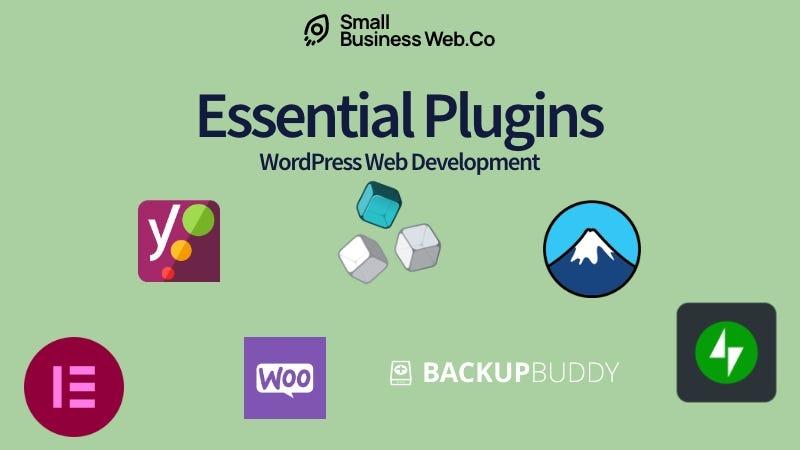
Essential Plugins You Need for functionality and Performance
When building a successful freelance WordPress website,incorporating the right plugins can significantly enhance both functionality and performance. Here are some essential plugins that will help you optimize your site, making it user-friendly and efficient.
- Yoast SEO – This plugin is a powerhouse for improving your site’s visibility on search engines. It provides real-time feedback on your content’s SEO score and readability, helping you create optimized posts effortlessly.
- WP Rocket – A caching plugin that boosts your site’s speed by optimizing file delivery and database queries. Faster load times can lead to better user experiences and lower bounce rates, which are crucial for freelance businesses.
- Contact form 7 – An essential tool for creating custom contact forms. It allows potential clients to reach out easily,ensuring you don’t miss out on valuable inquiries.
- monsterinsights – To track your website’s performance effectively, this Google Analytics plugin simplifies the process. It provides insights into user behavior, helping you make data-driven decisions to enhance your services.
- Elementor – A drag-and-drop page builder that allows you to create stunning, professional layouts without needing to code. It’s perfect for freelancers wanting to showcase their portfolio creatively.
Additionally,consider implementing a security plugin such as Wordfence to protect your site from malicious attacks. Cybersecurity is crucial, especially when handling client information. With real-time monitoring and firewall protection, you can keep your site safe and secure.
Lastly, to streamline your website’s performance, consider integrating a plugin like WP Smush for image optimization.It compresses images without sacrificing quality, ensuring faster load times while maintaining visual appeal.
by selecting and integrating these essential plugins, you can create a functional and high-performing freelance WordPress website that not only attracts potential clients but also keeps them engaged.

crafting Compelling Content that Converts Visitors into Clients
Creating a freelance WordPress website is not just about aesthetics; it’s about building a platform that speaks directly to your target audience and compels them to take action. Understanding your audience is the first step in crafting compelling content. Ask yourself: What are their pain points? What solutions can you provide? Tailoring your website’s message to resonate with these needs can significantly increase your chances of converting visitors into paying clients.
Once you have a clear understanding of your audience, it’s time to focus on content structure. A well-organized website not only improves user experience but also enhances conversion rates. Utilize concise headings and subheadings, bullet points, and short paragraphs to make reading easier. Such as:
- Engaging Home Page: A brief introduction that highlights your unique value proposition.
- Services Page: Clear descriptions of what you offer, accompanied by testimonials.
- Blog Section: Regularly updated content that showcases your expertise and builds trust.
Moreover, calls to action (CTAs) play a critical role in guiding your visitors toward conversion. Make sure your CTAs are clear and enticing. Instead of generic phrases like “Click Here,” try using more compelling language that emphasizes the benefit, such as “Get Your Free Consultation Today!” placing these strategically throughout your site can lead to higher engagement and conversion rates.
Incorporating visual elements can also enhance your content’s effectiveness. Using high-quality images, infographics, and videos can break up text and keep your audience engaged. However, ensure these elements support your message rather than distract from it. For instance,consider this table to showcase your services at a glance:
| service | Description | Price |
|---|---|---|
| Website Design | Custom designs tailored to your brand. | $500 |
| SEO Optimization | Boost your site’s visibility in search engines. | $300 |
| Content Writing | Engaging and optimized content for your website. | $200 |
don’t underestimate the power of social proof. Incorporate client testimonials or case studies that demonstrate your success. These elements build credibility and can significantly influence potential clients’ decisions. Remember, the goal is to create a narrative that not only informs but also connects. Make your visitors feel valued and understood, and they will be more likely to choose you as their trusted freelancer.

Optimizing Your site for Search Engines: boosting Your Visibility
Understanding SEO Basics
To elevate your freelance WordPress website’s visibility, it’s essential to grasp the fundamentals of SEO.This isn’t just about sprinkling keywords throughout your content; it’s a comprehensive approach that encompasses various elements. Start by focusing on:
- Keyword Research: Identify keywords that resonate with your target audience. Use tools like Google Keyword Planner or Ubersuggest to find popular search terms.
- On-Page SEO: Optimize your titles, headings, and meta descriptions to include relevant keywords.
- Content Quality: Create valuable, engaging content that answers your visitors’ questions.High-quality content is more likely to be shared and linked to.
Enhancing Technical Aspects
Your website’s technical setup plays a significant role in SEO. Here are key areas to focus on:
- Mobile Optimization: Ensure your site is responsive and mobile-friendly, as search engines favor sites that deliver a seamless experience on all devices.
- Site Speed: Use tools like GTmetrix to analyze your site’s load speed. Optimize images and minimize code to enhance performance.
- Secure your Site: Switch to HTTPS. A secure site not only builds trust but can also contribute to better search rankings.
Building Quality Backlinks
Backlinks are crucial for boosting your site’s authority and visibility. Consider these strategies to earn quality links:
- Guest Blogging: Write articles for reputable blogs in your niche, linking back to your website.
- Networking: connect with other freelancers and industry professionals to foster collaborations and link exchanges.
- Social Media Promotion: Share your content on social media to reach a broader audience and encourage others to link back to you.
Measuring Your Success
It’s vital to track your SEO efforts to understand what’s working. Utilize tools like Google Analytics and Search Console to monitor:
| Metric | Importance |
|---|---|
| Organic traffic | Indicates the number of visitors coming from search engines. |
| Bounce Rate | Shows the percentage of visitors who leave after viewing only one page. |
| Conversion Rate | Measures how effective your site is at turning visitors into clients. |
By regularly assessing these metrics,you can refine your strategies and improve your site’s performance over time.

designing a User-Friendly navigation Experience for Your Visitors
When designing a WordPress website, one of the most critical elements to consider is how your visitors will navigate through it. A user-friendly navigation experience can significantly influence the success of your site by enhancing user engagement and encouraging repeat visits. Start by ensuring your menu is simple, intuitive, and easy to use. A clear structure allows users to find what they’re looking for quickly, which is essential for keeping them on your site longer.
Consider implementing a sticky navigation bar that remains visible as users scroll down the page. This feature ensures that essential links are always accessible, reducing frustration and improving usability. Additionally, organizing your menu into clear categories will help visitors identify sections of interest at a glance. Here are some tips for structuring your menu:
- Prioritize Significant Links: Place the most important pages, such as your portfolio, services, and contact information, at the top of the menu.
- Use Descriptive Labels: instead of generic terms like “products” or “Services,” use labels that give a clear idea of what visitors will find.
- Avoid Overloading: Limit the number of menu items to avoid overwhelming users. A well-structured dropdown menu can definitely help keep it tidy.
Another great way to enhance navigation is by incorporating search functionality prominently on your site. This feature allows users to bypass the menu entirely if they’re looking for something specific, thus improving their overall experience. Additionally, consider including breadcrumbs—a navigational aid that shows users their location within your site’s hierarchy. This can be especially helpful for larger sites and offers users a quick way to backtrack.
Don’t underestimate the power of internal linking. By strategically placing links within your content,you can guide users toward other relevant pages and keep them engaged. A well-planned internal linking strategy not only enhances navigation but also improves SEO performance,helping your site rank better in search engines.
| Navigation Feature | Benefit |
|---|---|
| sticky Navigation | Improves accessibility of critically important links |
| Search Functionality | Allows users to find specific content quickly |
| Breadcrumbs | Helps users understand their location within the site |
| internal Linking | Keeps visitors engaged and improves SEO |
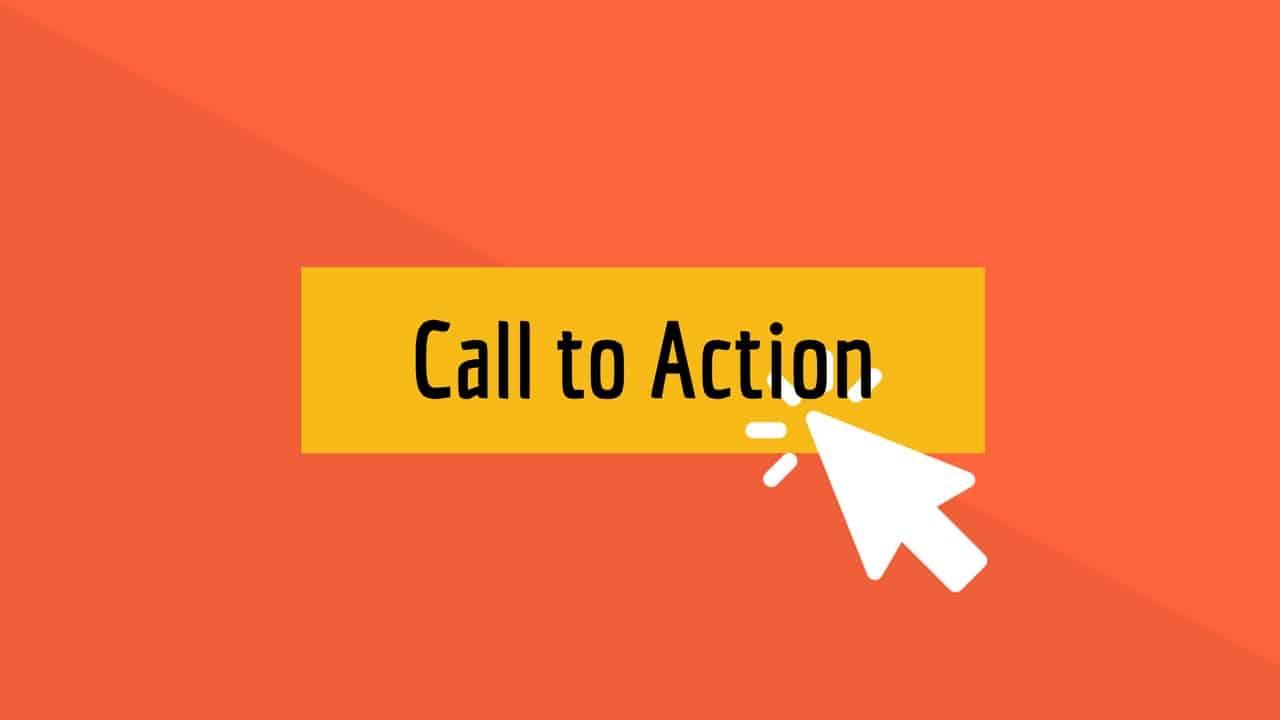
Implementing Effective Call-to-Actions to Drive Engagement
Creating a successful freelance wordpress website is not just about design and content; it’s also about how you encourage visitors to take action. An effective call-to-action (CTA) can transform a casual browser into a loyal client. By strategically placing compelling CTAs throughout your site, you’ll guide users towards the desired actions, whether it’s signing up for a newsletter, requesting a quote, or exploring your portfolio.
To craft CTAs that resonate, consider the following elements:
- Clear Messaging: Your CTA should communicate exactly what you want your audience to do. Use action-oriented verbs such as “Get started,” “Download Now,” or “Contact Us Today.”
- Urgency: Create a sense of urgency to prompt immediate action. Phrases like “Limited Time Offer” or “Sign Up Today and Save!” can motivate users to act quickly.
- Eye-catching Design: Make your CTA stand out visually. Use contrasting colors and larger fonts to draw attention. Remember, it should be easy to find, not hidden among other elements.
It’s also crucial to place CTAs strategically throughout your site. Here are some effective locations:
- Above the Fold: Position a prominent CTA at the top of your homepage so visitors see it immediately upon arrival.
- Within Content: Integrate CTAs naturally within your blog posts or service descriptions when readers are engaged with your content.
- End of Pages: After providing valuable information, include a CTA to encourage the next step. This could lead them to your contact page or a related service.
Utilizing A/B testing can also help refine your CTAs. By experimenting with different wording, colors, and placements, you can identify what resonates best with your audience. Here’s a simple table to illustrate how different CTAs can yield varying results:
| CTA Text | Clicks | Conversion Rate |
|---|---|---|
| “Get Your Free Quote” | 120 | 15% |
| “Claim Your Discount Now” | 180 | 25% |
| “Join Our Newsletter” | 80 | 10% |
Remember, the ultimate goal of your CTAs is to foster engagement and action. by keeping your calls-to-action compelling and well-placed, you’ll not only enhance user experience but also drive your freelance business towards success. Don’t hesitate to iterate and improve your CTAs based on user feedback and analytics; it’s an essential part of your website’s evolution.
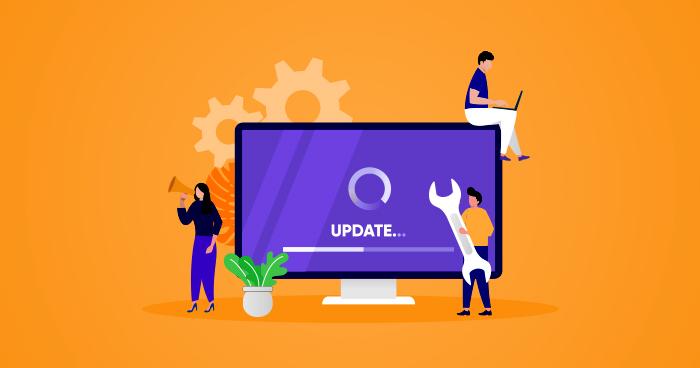
Maintaining and Updating Your Site for Long-Term Success
Once your freelance wordpress website is up and running, the journey doesn’t end there. Actually, maintaining and updating your site is crucial for long-term success. Regular maintenance not only keeps your website secure but also ensures it remains user-friendly and engaging for visitors. here are some key practices to consider:
- Regular Backups: Consistently backing up your website allows you to recover your data in case of unforeseen issues. Utilize plugins like UpdraftPlus or BackupBuddy to automate this process.
- Plugin and Theme Updates: Outdated plugins and themes can pose security vulnerabilities. Regularly check for updates in your WordPress dashboard and apply them to keep your site running smoothly.
- Content Refresh: Updating existing content keeps your website relevant. Consider revisiting old posts to add new insights, images, or links that can enhance their value.
Moreover, keeping an eye on your website’s performance is essential. Utilize tools like Google Analytics to monitor visitor behavior and site speed. If you notice a decline in performance, it might be time to:
- Optimize Images: Large images can slow down your site.Use tools like Smush or Imagify to compress images without losing quality.
- improve Loading Times: Consider a Content Delivery Network (CDN) such as Cloudflare to boost your site’s speed by distributing content globally.
- Mobile Optimization: Ensure that your website is responsive. With an increasing number of users accessing websites via mobile devices,a mobile-friendly design is non-negotiable.
don’t overlook the importance of SEO for ongoing success. conduct regular audits of your site’s SEO performance, and make necessary adjustments. Here’s a simple table to track your SEO elements:
| SEO Element | Status | Action Needed |
|---|---|---|
| Meta Descriptions | Missing | Add for all pages |
| Alt Tags | Partially Complete | Add to all images |
| Broken Links | Detected | Fix immediately |
Incorporating these practices into your routine will not only help in maintaining your freelance WordPress website but also pave the way for sustained growth and engagement with your audience. Remember, a well-maintained website reflects professionalism and commitment to your freelance business.
Frequently Asked Questions (FAQ)
Q&A: How to Create a Freelance WordPress Website for Your business (Step-by-Step)
Q: Why should I create a WordPress website for my freelance business?
A: Great question! A WordPress website serves as your online portfolio, showcasing your skills and previous work. It builds credibility and allows potential clients to find you easily.Plus, it can definitely help you establish a personal brand and attract more clients in an increasingly digital marketplace.
Q: I’m not tech-savvy. Can I still create a WordPress site?
A: Absolutely! WordPress is designed to be user-friendly, even for those with limited tech skills. With its intuitive interface and countless tutorials available, you’ll be able to navigate the setup process without any hassle. Trust me, if I can do it, so can you!
Q: What do I need to start creating my WordPress website?
A: First, you’ll need a domain name that reflects your brand, a reliable hosting provider, and WordPress installed. In just a few clicks, you can set it all up. Many hosting services offer one-click WordPress installation, making it easier than ever!
Q: How do I choose the best theme for my website?
A: Choosing the right theme is essential! Look for a theme that resonates with your style and showcases your work effectively. Consider functionality too—are you looking for a portfolio layout, a blog, or both? There are plenty of free and premium themes available, so take your time to find one that suits your needs.
Q: Do I need to learn coding to customize my site?
A: Not at all! While knowing a bit of HTML or CSS can be beneficial, WordPress allows for extensive customization without coding.you can use page builders like Elementor or WPBakery to drag and drop elements, making it easy to design your site just the way you want it.
Q: How can I optimize my site for search engines?
A: SEO is crucial for visibility! Use plugins like Yoast SEO to help you optimize your content with keywords, meta descriptions, and alt tags. Additionally, focus on creating quality content that answers your audience’s questions; this will keep them engaged and improve your rankings.
Q: What essential pages should my freelance website include?
A: At a minimum, you should have a Home page, About page, Services page, portfolio page, and Contact page. These pages give visitors a comprehensive overview of who you are and what you offer. Don’t forget to include testimonials to build trust!
Q: How do I market my freelance website?
A: Marketing your site is key to attracting clients! Utilize social media, join freelance platforms, and network within industry groups. Content marketing, like writing blog posts or guest articles, can also drive traffic to your site. Don’t underestimate the power of word-of-mouth referrals, either!
Q: What if I need help along the way?
A: There’s a vibrant community of WordPress users and professionals out there! You can find countless resources online, from forums and FAQs to video tutorials. If you really feel stuck, consider hiring a freelancer to help you get started. Investing in your website is investing in your business!
Q: How will I know if my website is successful?
A: Monitor key metrics like traffic, engagement, and conversion rates to gauge your site’s success. Tools like Google Analytics can help you understand your audience’s behavior and adjust your strategy accordingly. If you see an increase in inquiries or sales, you’re on the right track!
Q: Ready to get started?
A: Yes! Dive in and start creating your freelance WordPress website today. Trust me, taking this step will not only elevate your business but also empower you to reach more clients than you ever thought possible.You’ve got this!
Closing Remarks
Outro
And there you have it! You’ve just walked through the essential steps to create your very own freelance wordpress website. It might seem like a daunting task at first, but with the right tools and a little bit of determination, you can build a stunning platform that not only showcases your skills but also helps you attract clients and grow your business.
Remember, your website is frequently enough the first impression potential clients will have of you. So make it count! Don’t hesitate to revisit any of the steps if you need a refresher, and take your time to make it uniquely yours. The beauty of WordPress is in its flexibility and the endless possibilities it offers.
If you’re ready to take your freelance career to the next level, start implementing what you’ve learned today. Dive in, experiment, and have fun with it! Your dream website is just a few clicks away, and before you know it, you’ll be sharing your expertise with the world. Happy building!


